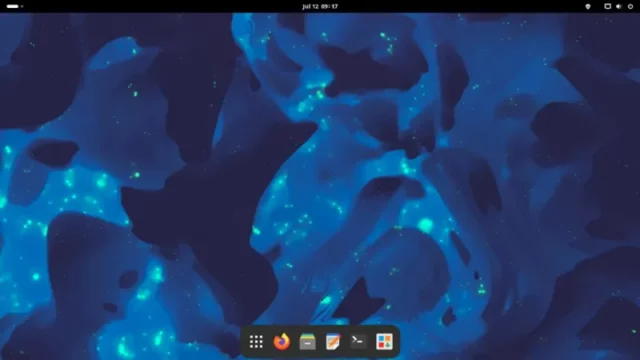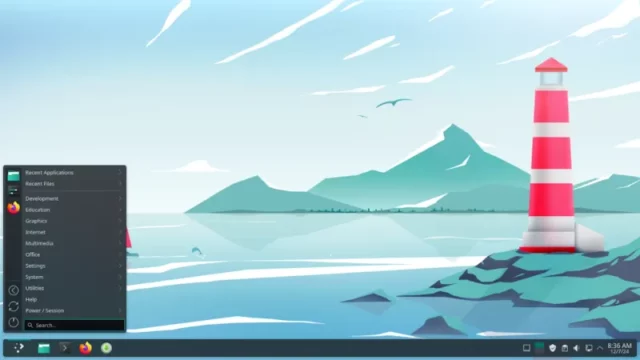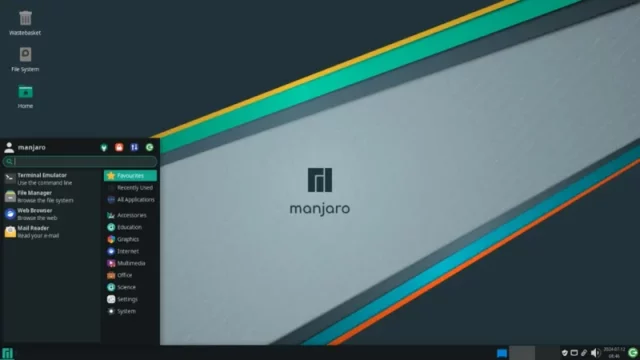Manjaro Linux 25 now available for download

Great news, folks -- the developers of Manjaro have officially launched version 25 of the popular Linux distribution. Codenamed “Zetar,” this release delivers updated desktop environments, new features aimed at improving performance and usability, and expanded hardware support through the latest Linux kernel.
The GNOME edition now ships with version 48 of the desktop environment, a release first introduced in March 2025. One of the key features is notification stacking, which organizes alerts from the same app into expandable groups. GNOME 48 also includes dynamic triple buffering, a technology aimed at delivering smoother animations and reducing skipped frames.
Battery-conscious laptop users will find a new option to limit charging to 80 percent while plugged in -- a feature designed to help extend battery lifespan. Early support for HDR has also been added, allowing compatible apps to take advantage of high dynamic range displays.

On the KDE side, Manjaro’s Plasma edition arrives with Plasma 6.3, KDE Frameworks 6.12, and KDE Gear 24.12.1. Among the changes are improvements to fractional scaling, which now reduces blurriness on high-DPI displays. The System Monitor has been optimized to use fewer CPU resources, and the Info Center now displays detailed GPU and battery cycle information. Other enhancements include automatic touchpad disabling when a mouse is connected, random password generation for hotspot mode, and new panel customization options.

The XFCE edition has been updated to version 4.18. Thunar, the awesome default file manager, now supports recursive file search and includes a new highlighting system for better file visibility. The panel has gained more granular control, including pixel-based sizing and the ability to stay above windows. The updated Control Center centralizes system settings and introduces several new toggles, such as an option to disable header bars in dialog windows.
Manjaro 25.0 Zetar uses Linux kernel 6.12 by default, which offers improved support for more modern hardware. For those running older systems, you can instead choose long-term support kernels such as 6.6 LTS and 6.1 LTS.
The new version is available immediately in GNOME, KDE Plasma, and XFCE editions. You can download an ISO here now.
